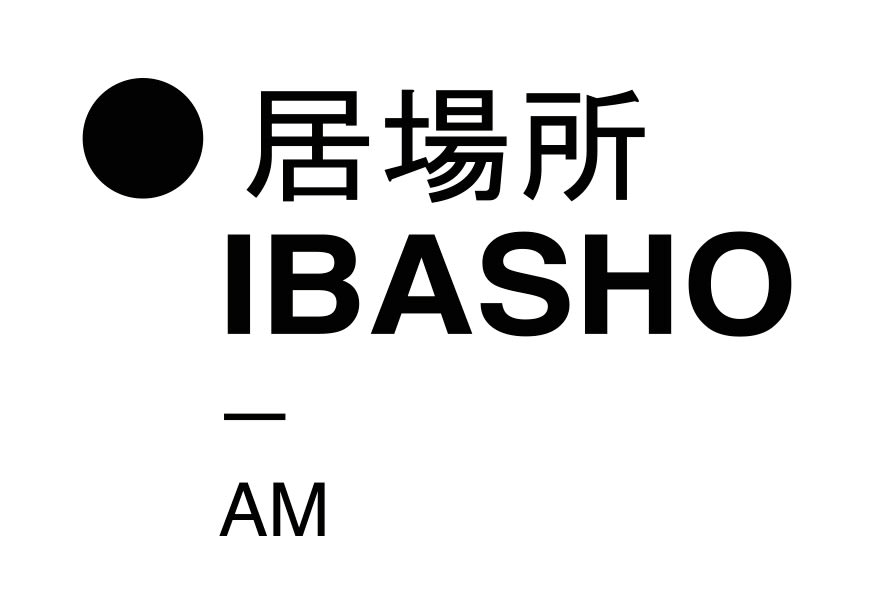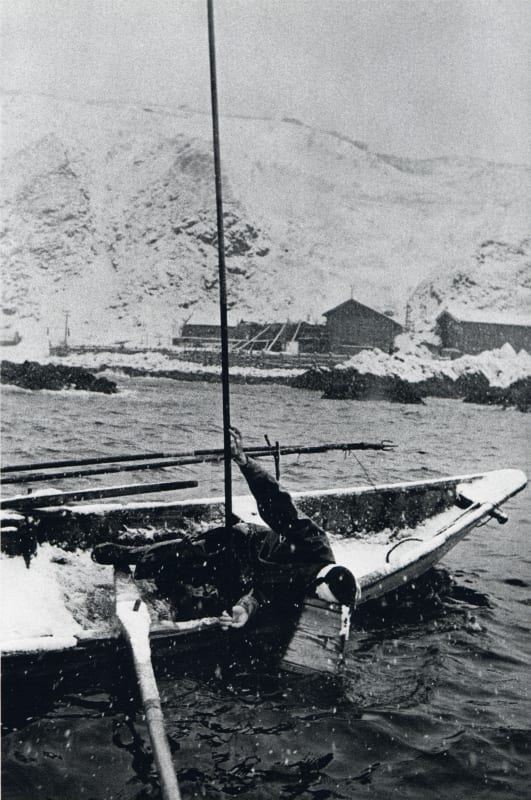Although he traveled abroad extensively, both as a freelance photographer and as a contributing photographer for Magnum Photos, Hiroshi Hamaya (1915-1999) is best known for his images of Japan. Born in Tokyo, Hamaya produced a comprehensive document of this city, spanning the prewar period, the outbreak of World War II, and the rebuilding of the modern city. Together with Ihei Kimura and Ken Domon, Hamaya came into prominence in the years immediately preceding World War II, beginning his career in the midst of the New Photography (shinko shashin) movement. Hamaya’s particular achievement was a series of humanist photo essays portraying the Japanese in the context of urban or rural environments.
After training in aerial photography at he Research Institute for Applied Aviation and the Oriental Shashin Kogyo (Oriental Photo Industrial Company) in the 1930s, Hamaya became a freelance photographer in 1937. Two publications from the 1950s, Yukiguni (Snow Land, 1956) and Ura Nihon (Japan’s Back Coast, 1957), best represent Hamaya’s abiding interest in the ancient rituals, timeless farming practices, and rites of daily life in rural Japan. Photographed over a period of ten years beginning in 1940, Yukiguni portrays the folk customs of Niigata Prefecture, Japan’s leading rice-producing region, situated on the Japan Sea coast in the central part of Honshu. Niigata is known for the abundant snowfall that covers much of the arable land during the long winters. Hamaya explored its constant struggle against the elements, focusing, among other things, on the relief of annual festivals such as the Fire Festival at New Year and the traditions of ancestral worship. In a similar spirit, Ura Nihon was the byproduct of a magazine assignment; in it Hamaya again focused on the lives of poor farmers, this time on the Japan Sea coast in northern Honshu. As Hamaya pointed out in the book’s essay, this was a land that the sun did not favour and that had been left largely untouched by the prosperity of postwar Japan. Both publications illustrated the rural rituals attendant to ke (the daily struggle for survival), which are counterbalanced by hare (the peak festivals in the annual cycle of the seasons). Hamaya’s work highlights a rising interest in Japanese folklore and tradition that came about in reaction to the increasing alienation and displacement as the population moved into urban centers in the modern era.
Hamaya’s work was included in the 1955 Family of Man exhibition at MoMA in New York. In 1958 Hamaya won the annual award of the Japan Photographic Society, and in 1981 he was honoured with the Japan Art Grand Prix for his collection Hamaya Hiroshi shashin shusei (The Photographic Works of Hamaya Hiroshi). Hamaya has also won a number of international awards: the Master of Photography award from the International Center of Photography in New York in 1986; the international photography prize from the Hasselblad Foundation in Sweden in 1987; and the honorary membership prize from the Royal Photographic Society of England in 1997 (Hamaya was the first Japanese to win this prize). He has been the subject of major solo exhibitions, including Hamaya Hiroshi, Sixty-Six Years of Photography in Tokyo in 1997, as well as a major retrospective at the Kawasaki City Museum in 1989.
In 2013 J. Paul Getty Museum, LA, presented his work in the duo exhibition "Japan's Modern Divide: The Photographs of Hiroshi Hamaya and Kansuke Yamamoto".

